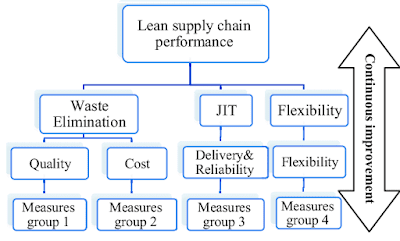Lean Supply Chain
While the standards of typical supply chain management are known to most business owners, a new wave of lean supply chain management is becoming more popular for a variety of reasons.
LEAN SUPPLY CHAIN DEFINITION
Understanding lean supply chain definition starts with what effective supply chain management hopes to accomplish. In general, what is lean supply chain starts with operating on the same principles of efficiency, but emphasizes overall quality. This means a reduction of defective goods to zero, lowering waste, and increasing efficiency as a result.
The idea behind lean supply chain management is to emphasize a lower number of returns by customers so that every product that is sold is kept. By reducing quality control issues and having to handle customers with their returns, lean supply chain management reduces overall expenses.
CHARACTERISTICS OF LEAN SUPPLY CHAIN
The characteristics of lean supply chain management start with the products themselves. An examination of why defects occur, and improving overall standards so that all goods are free of defects. While defects will occur even in environments that emphasize high quality control standards, their numbers can be significantly reduced which in turn benefits the rest of the company.
The lean supply chain examples mostly come from defective products that has slipped through, such as recalled vehicles. When a vehicle is recalled by an auto manufacturing firm, the costs associated with repairing the issue can be considerable. This means creating new parts and paying for the labor associated with the repair, not to mention the inconvenience caused to the customer.
LEAN VS AGILE SUPPLY CHAIN
Lean vs agile supply chain is really the difference in emphasis. Agile supply chain management focuses on the changing environment of business while lean supply chain is focused on quality control.LEAN SUPPLY CHAIN EXAMPLES
In the end lean supply chain management emphasizes quality of product, effective bill of materials, improving equipment, and working towards creating a better, stronger, item that results in fewer defects. For companies that have taken this approach, especially with products that may be complex or have a difficult manufacturing process, the results have been considerable in terms of overall savings and creating a more efficient manufacturing system.
-Gazi Sanaul Hasan


Comments
Post a Comment